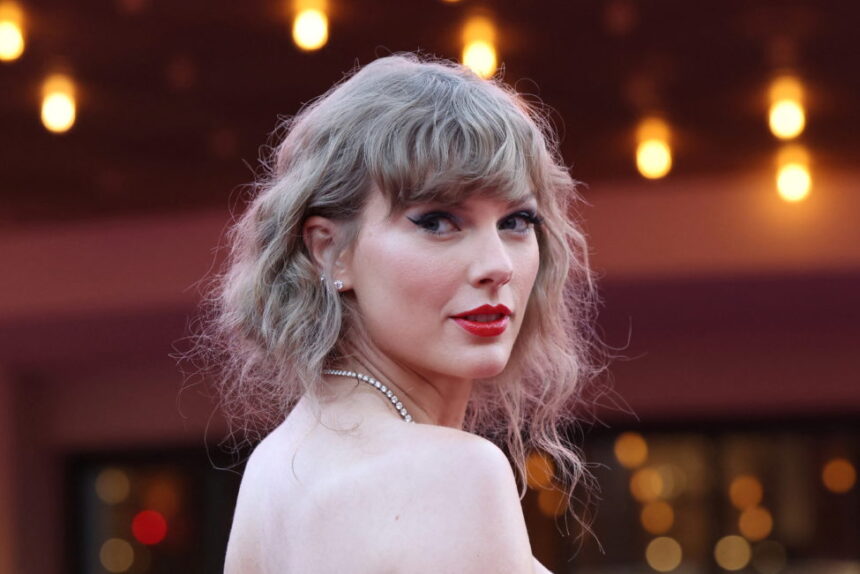Explicit fake images of Taylor Swift prove laws haven't kept pace with tech, experts say

30.01.2024
AI-generated images depicting one of the world’s most renowned artists circulated widely on social media this week, sparking renewed concerns about the need to address the technology and platforms facilitating the dissemination of harmful content.
Counterfeit images of Taylor Swift, portraying the singer-songwriter in compromising positions, garnered tens of millions of views on X, formerly known as Twitter, before being taken down. A single user’s post, in particular, amassed over 45 million views before the account was suspended, but the widely-shared image had already been perpetuated elsewhere on the internet.
This incident underscores the advanced and readily available nature of AI technology, prompting calls in both Canada and the U.S. for enhanced legislation.
Referencing Taylor Swift, Kristen Thomasen, an assistant professor at the University of British Columbia, remarked, “If I may borrow a phrase from Taylor Swift, X is where we encountered a breakdown.”
Thomasen emphasized the need for legal focus on the creators of such tools and the websites enabling the easy dissemination of such images to millions of people.
Following the emergence of explicit images featuring Swift, fans flooded the platform with “Protect Taylor Swift” posts, aiming to bury the content and make it more challenging to locate through searches.
In response, X stated that its teams were actively monitoring the site to assess whether such images would persist. The platform assured users that they were removing identified images and taking appropriate actions against the responsible accounts.
As of now, neither Swift nor her publicist has issued a statement regarding the images.